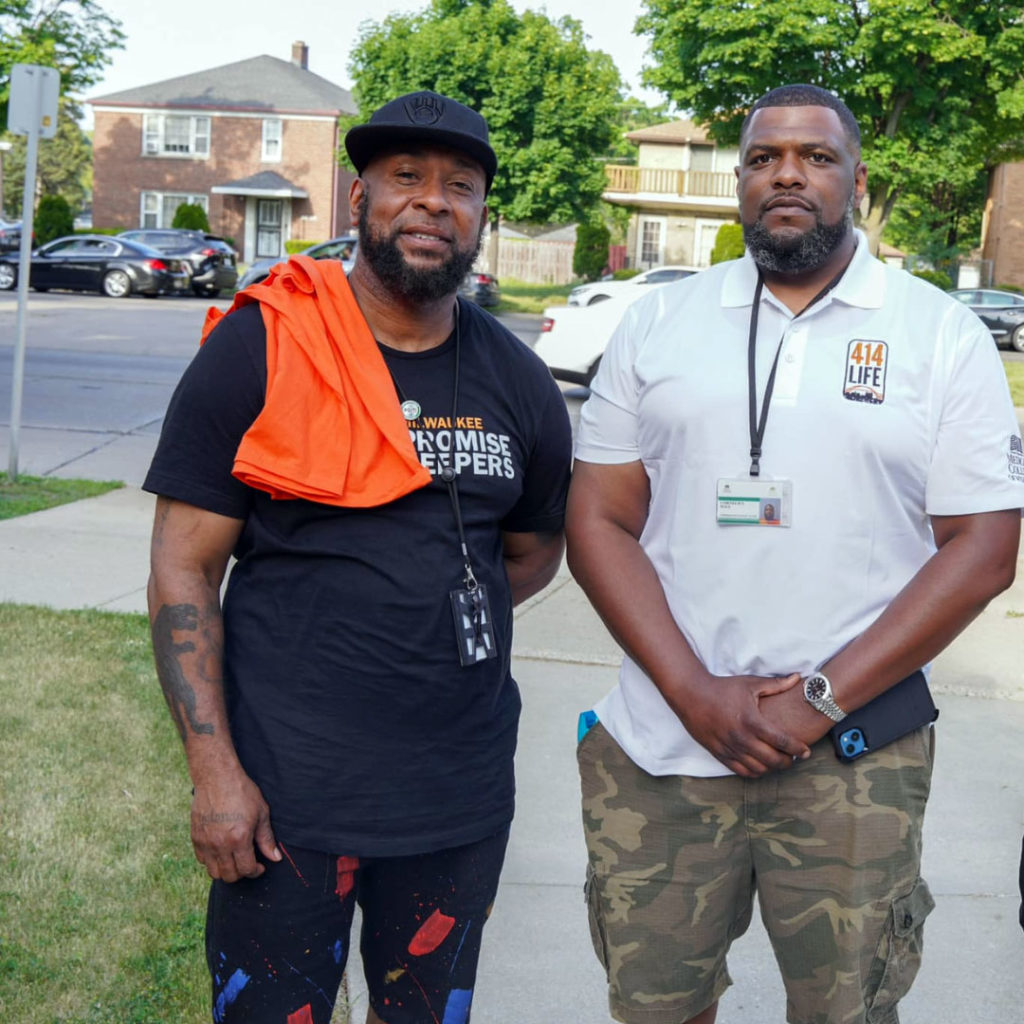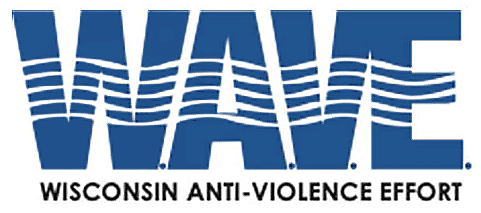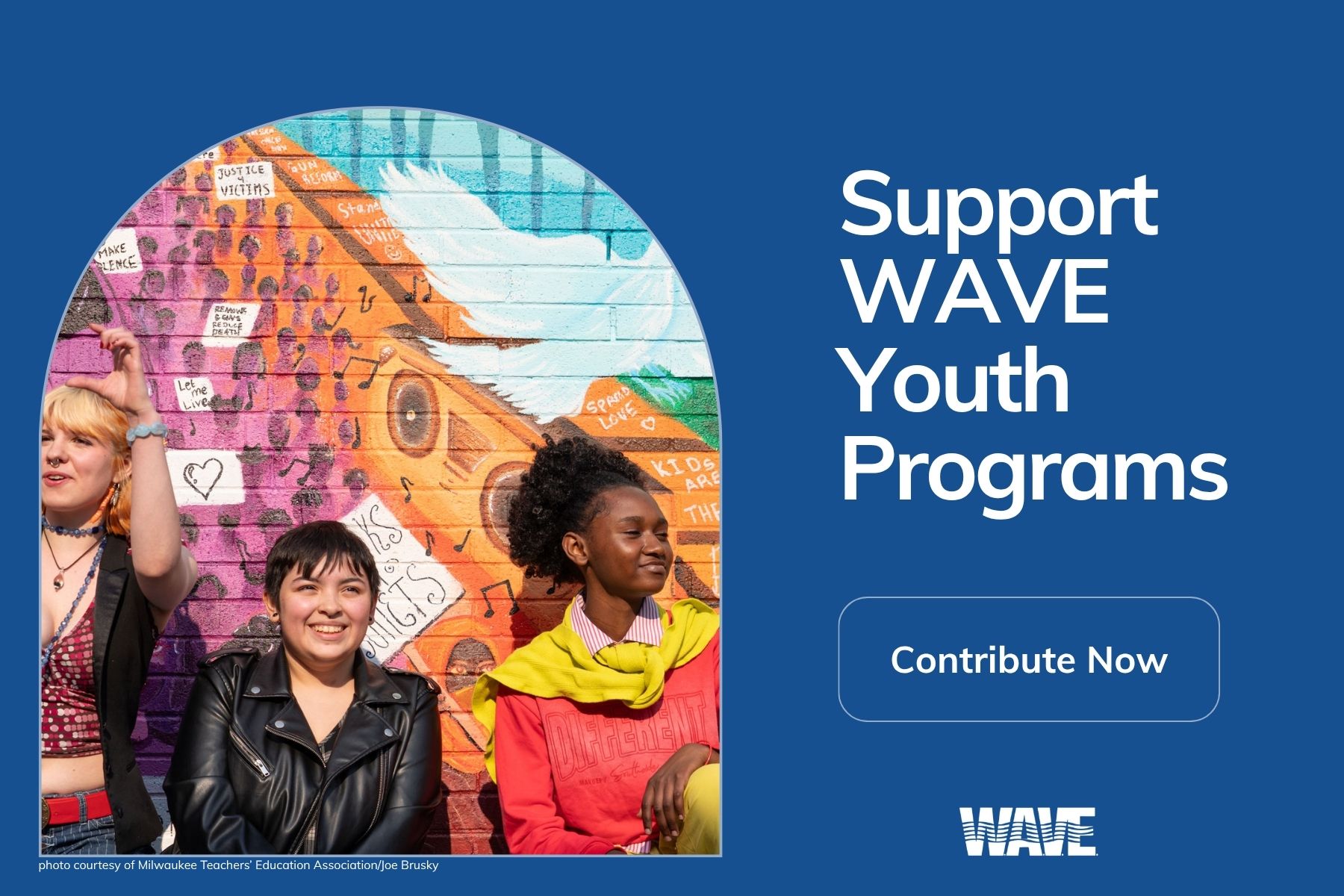What is Community Violence Intervention?
Community violence intervention (CVI) programs are designed to reduce gun violence by fostering meaningful relationships with the people most heavily impacted and ensuring people have access to vital resources.
Mediation
Mediation is a key component of CVI work. Trusted community members respond to conflicts within the community and work with people to find solutions that do not involve violence.
These mediators are often referred to as “violence interrupters.” Violence interrupters must have credibility in their community; they have often been impacted personally by gun violence. They work with others in their neighborhoods to de-escalate conflict and find nonviolent solutions to problems.
Closing Resource Gaps
A second aspect of many community violence intervention programs is helping to close resource gaps in the community. Because community gun violence is closely linked to a lack of resources–including education, stable jobs, housing, and healthcare–helping people access these resources can reduce violence.
These solutions must come from within the communities themselves. Community members are best suited to identify the most pressing issues that negatively impact their community and the most helpful solutions.
When these programs are implemented effectively, they can drastically reduce the amount of violence in that area.
A Philadelphia project that focused on housing repairs was found to have reduced crime in the target areas by over 20%.1 Baltimore, Chicago, New York City and Philadelpia each adopted a model called Cure Violence, and all saw reductions in shootings by more than 30%.2 And Richmond, California, reduced gun violence by over 70% when the city created their Office of Neighborhood Safety.3
Another effective model of CVI that has been implemented in several cities across the United States is a hospital-based community violence intervention program. Hospital-based programs are important because there is a high level of recidivism among patients who are seen in the emergency department following acts of violence. For example, survivors of gunshot wounds who are between the ages of 15 and 35 are 20-40% more likely to be shot in the future than people in this same age group who have not been shot. These programs begin while a patient is still in the hospital, and work to help connect the patient and their family with resources, as well as offering conflict resolution strategies and assistance.
Community Violence Intervention Programs in Wisconsin

One important community violence intervention program in Wisconsin is Milwaukee’s 414Life. 414Life violence interrupters go through a training program that includes more than 50 hours of training in conflict resolution, domestic violence and human trafficking prevention, as well as orientation to Froedtert Hospital’s trauma and emergency departments.4
There are a variety of other community violence intervention programs throughout Wisconsin. These include:
- Green Bay: Office of Violence Prevention
- Madison: Office of Violence Prevention, Focused Interruption
- Milwaukee: Office of Community Wellness and Safety, The Promise Keepers, the Critical Response Team, and Project Ujima
- Milwaukee County: Advance Peace Program
- Racine: Office of Violence Prevention

